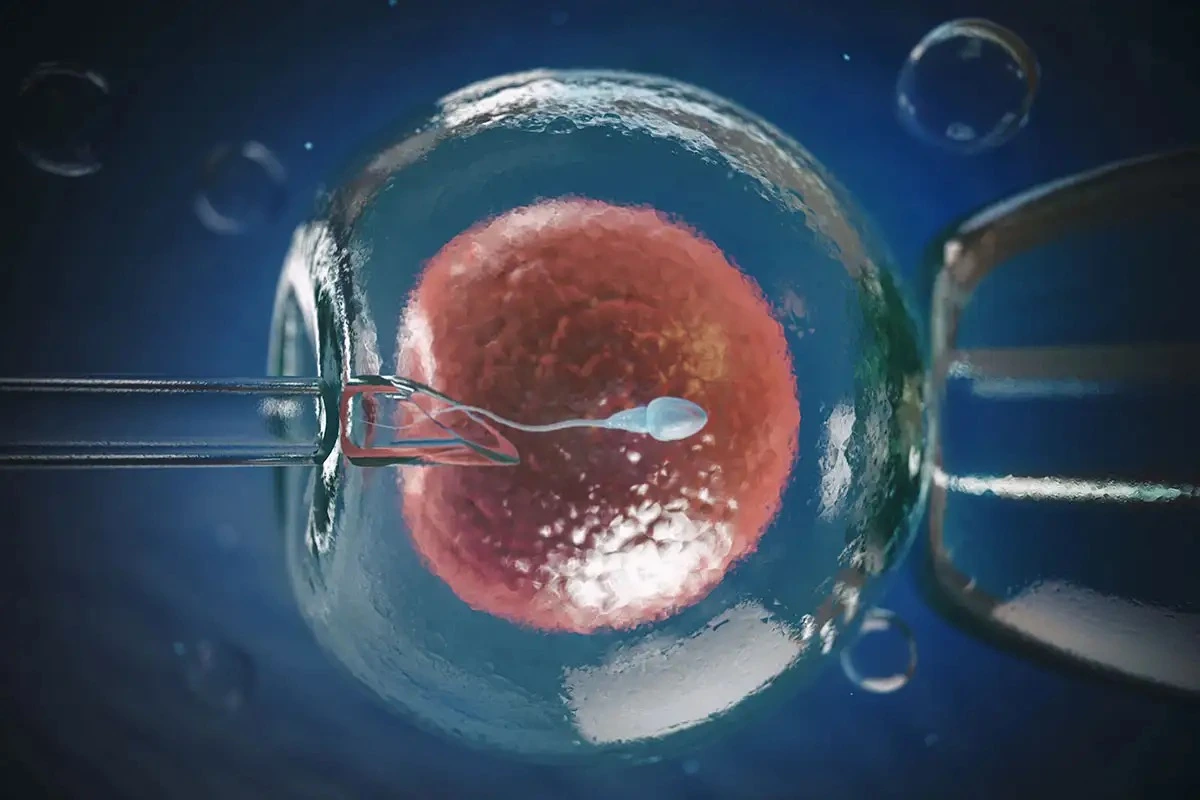What are the most common Causes of Female Infertility?

Infertility is a significant concern for many women, with female infertility being defined as the inability to conceive after a year of unprotected intercourse, or six months for women over 35. Various factors contribute to infertility, ranging from hormonal imbalances to structural abnormalities. Understanding these causes is essential for effective treatment, and for those seeking Female Infertility treatment in Kenya, numerous advanced facilities offer personalized care to address these challenges.
1. Ovulation Disorders
Ovulation disorders are one of the most common causes of female infertility, affecting the release of eggs from the ovaries. Conditions like Polycystic Ovary Syndrome (PCOS), where hormonal imbalances disrupt regular ovulation, and hypothalamic dysfunction caused by stress, excessive exercise, or low body weight can significantly impact fertility. Premature ovarian insufficiency (POI), characterized by the early decline of ovarian function, and hyperprolactinemia, an excess of the hormone prolactin, further contribute to irregular ovulation. These disorders can be managed through medications, lifestyle changes, and medical interventions.
2. Fallopian Tube Damage or Blockage
The fallopian tubes play a crucial role in conception by transporting eggs from the ovaries to the uterus and providing the site for fertilization. Damage or blockages caused by conditions like pelvic inflammatory disease (PID), often resulting from sexually transmitted infections (STIs), can hinder this process. Endometriosis, where uterine-like tissue grows outside the uterus, can cause scarring and blockages, while previous surgeries, such as those for ectopic pregnancies, can also damage the tubes. Effective treatments include surgical repair and assisted reproductive technologies like IVF.
3. Uterine and Cervical Abnormalities
Structural problems in the uterus or cervix can prevent implantation or increase the risk of miscarriage. Uterine fibroids and endometrial polyps, which are non-cancerous growths, can distort the uterine cavity, while congenital anomalies like a septate uterus can affect implantation. Cervical issues, such as insufficient cervical mucus or damage from surgery, can also hinder conception. Advanced diagnostic techniques and minimally invasive procedures are often employed to address these issues, ensuring a healthier uterine environment for pregnancy.
4. Age and Declining Ovarian Reserve
A woman’s age is a critical factor in fertility, as the number and quality of eggs decline over time. Women are born with a finite number of eggs, and by their mid-30s, fertility begins to decrease significantly due to reduced ovarian reserve and higher risks of chromosomal abnormalities. For women facing age-related infertility, female infertility treatment offers options like ovarian stimulation, egg freezing, and in vitro fertilization (IVF) to maximize their chances of conception.
5. Hormonal Imbalances
Hormonal imbalances disrupt the delicate coordination of the menstrual cycle and ovulation, making it difficult to conceive. Conditions like thyroid disorders, where underactive (hypothyroidism) or overactive (hyperthyroidism) thyroid glands interfere with ovulation, are common contributors. Insulin resistance, often associated with PCOS, and adrenal gland disorders that affect hormone production can further complicate fertility. These conditions are typically managed with hormone therapies and lifestyle adjustments to restore balance.
6. Endometriosis
Endometriosis, a condition where tissue similar to the uterine lining grows outside the uterus, is a major cause of female infertility, affecting around 10% of women of reproductive age. This condition can lead to severe pain, inflammation, and the formation of scar tissue, which can obstruct the fallopian tubes or impair ovarian function. Treatment options include hormonal therapies, laparoscopic surgery to remove lesions, and IVF for severe cases, providing effective solutions for affected women.
7. Lifestyle Factors
Lifestyle choices significantly impact fertility, with obesity or being underweight disrupting hormonal balance and ovulation. Smoking damages eggs and accelerates ovarian aging, while excessive alcohol consumption interferes with hormone regulation. Chronic stress can also affect reproductive hormones, making it harder to conceive. For women dealing with lifestyle-related infertility, weight management programs, smoking cessation, and stress reduction techniques can improve overall fertility outcomes.
8. Unexplained Infertility
In some cases, no specific cause for infertility can be identified despite thorough testing, a condition known as unexplained infertility. This accounts for 10–20% of infertility cases and can be frustrating for couples. However, treatments like ovulation induction, intrauterine insemination (IUI), and IVF can still lead to successful pregnancies. Advanced diagnostics at leading centers for female infertility treatment in Kenya provide hope for couples facing this challenge.
Conclusion
Female infertility can arise from a variety of factors, including ovulation disorders, fallopian tube blockages, uterine abnormalities, and lifestyle choices. While these challenges can be overwhelming, understanding the underlying causes allows for effective treatment and better outcomes. Kenya’s advanced fertility centers provide comprehensive diagnostics and personalized care, ensuring women receive the best solutions for their unique conditions.
FAQ's
What is the leading cause of female infertility?
Ovulation disorders are the most frequent cause, especially conditions like PCOS or hormonal imbalances, which prevent regular release of eggs.
How do blocked fallopian tubes contribute to infertility?
If the fallopian tubes are blocked or damaged—often due to infections, surgery, or endometriosis—sperm can’t reach the egg or the fertilized egg can’t travel to the uterus.
Can uterine abnormalities cause infertility?
Yes. Fibroids, polyps, or congenital uterine anomalies can interfere with embryo implantation or block tubes, reducing your chances of conceiving.
How does age affect female fertility?
As women age, especially after 35, both the number and quality of eggs decline, increasing the risk of infertility due to lower egg reserve and genetic abnormalities.
